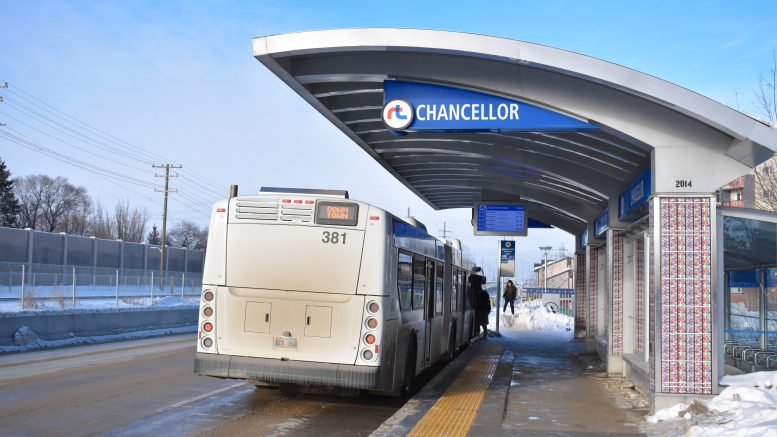Busing in Winnipeg is not for the faint of heart.
It takes a lot of time, it’s inefficient, inconvenient and generally, is not a pleasant experience. That is understandable, though, given that today’s Winnipeg was developed with cars in mind rather than people.
Our city’s infrastructure and urban design prioritizes the car at the expense of its citizens, with a layout that encourages reliance on vehicles as the only means of efficient mobility.
Car dependency is a widespread trend across most of Canada. It’s been reported by Statistics Canada that 24.1 million passenger vehicles were registered in 2021, an alarming amount considering that Canada’s population is only around 39.3 million people. Of these millions of vehicles, nearly 95 per cent were fully reliant on gasoline.
This data is concerning given the ongoing climate crisis that only seems to worsen with time. There are many environmental consequences because of our dependence on cars.
Research shows that transportation is one of the biggest causes of greenhouse gas emissions worldwide. Cars are a significant contributor to these transportation-related emissions.
The Canadian government has estimated that air pollution from traffic leads to 1,200 premature deaths annually and greatly exacerbates the asthma and acute respiratory symptoms of many Canadians.
Four out of every 10 Canadians live within 250 metres of a busy road, which is a high exposure area for traffic-related air pollution. This increases the likelihood of negative health issues for surrounding residents, many of whom belong to health-vulnerable demographics.
However, it doesn’t have to be like this.
In all the major cities around the world I’ve visited, public transportation was far more efficient than I expected, considering the fact that it needed to accommodate large populations. Nevertheless, good public transportation doesn’t have to be limited to major cities.
I learned this during my trip to Tours, France, a relatively small city with a population of less than half of Winnipeg’s. Despite not having a car and staying on the outskirts of the city, there were many bus lines available in the area, as well as a major tram line that connected the city’s two ends and downtown together.
The tram was a convenient and dependable way to get around the city, often operating every five to 10 minutes during most weekdays until late into the evening. In addition to using public transportation, I observed that many citizens of all demographics also got around on bicycles, walked or used electric scooters, which was made possible by the availability of bike and pedestrian-friendly infrastructure.
When I compare Tours with Winnipeg, it is disappointing how far behind we are.
Although, change should be on the horizon since the announcement last summer that Winnipeg’s transit system would be getting a revamp in an effort to reduce our carbon footprint. The city’s transit system will be completely redesigned, receive new electric buses and a new garage in the upcoming years through over $458 million in funding from the federal, provincial and municipal governments.
A large portion of the funding will be allocated to adding 135 diesel buses and 100 new electric buses to the existing transit fleet.
This is exciting news, yet I am still apprehensive. Electrifying the transit fleet is a rather interesting goal when bus ridership is currently quite low. Surprisingly, the trade-off of taking a bus — even an electric bus — that arrives 20 minutes late and leaves you waiting outside in the cold isn’t compelling enough to convince most people to give up their dependable cars. We need people to want to give up their cars in order to reduce our carbon footprint.
We are a long way from an effective public transportation system or a pedestrian-friendly city, but hopefully this is the first step. We still need to continue to advocate for better public
transportation, and more work needs to be done to lessen our dependence on cars and reduce Winnipeg’s emissions.





